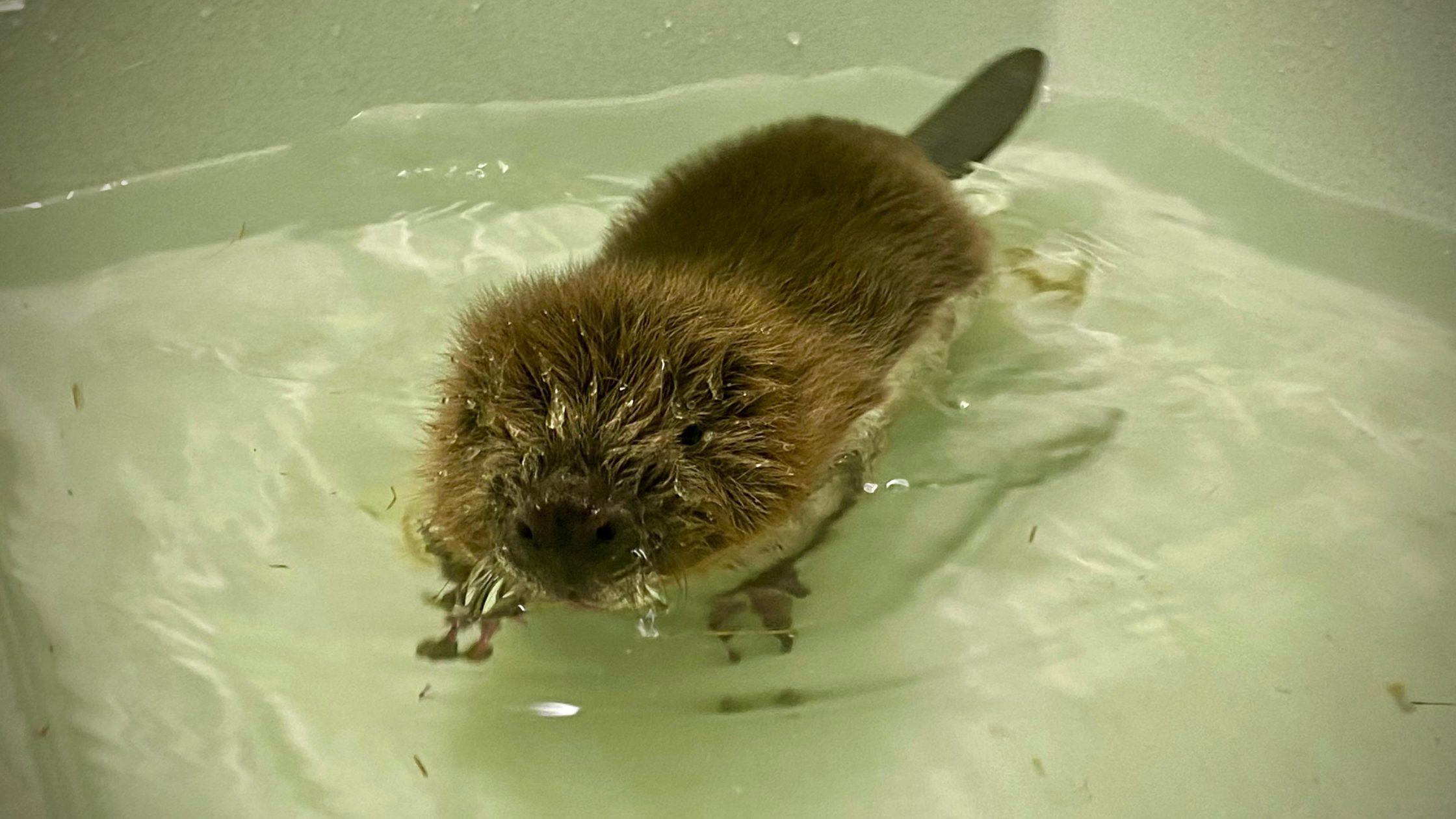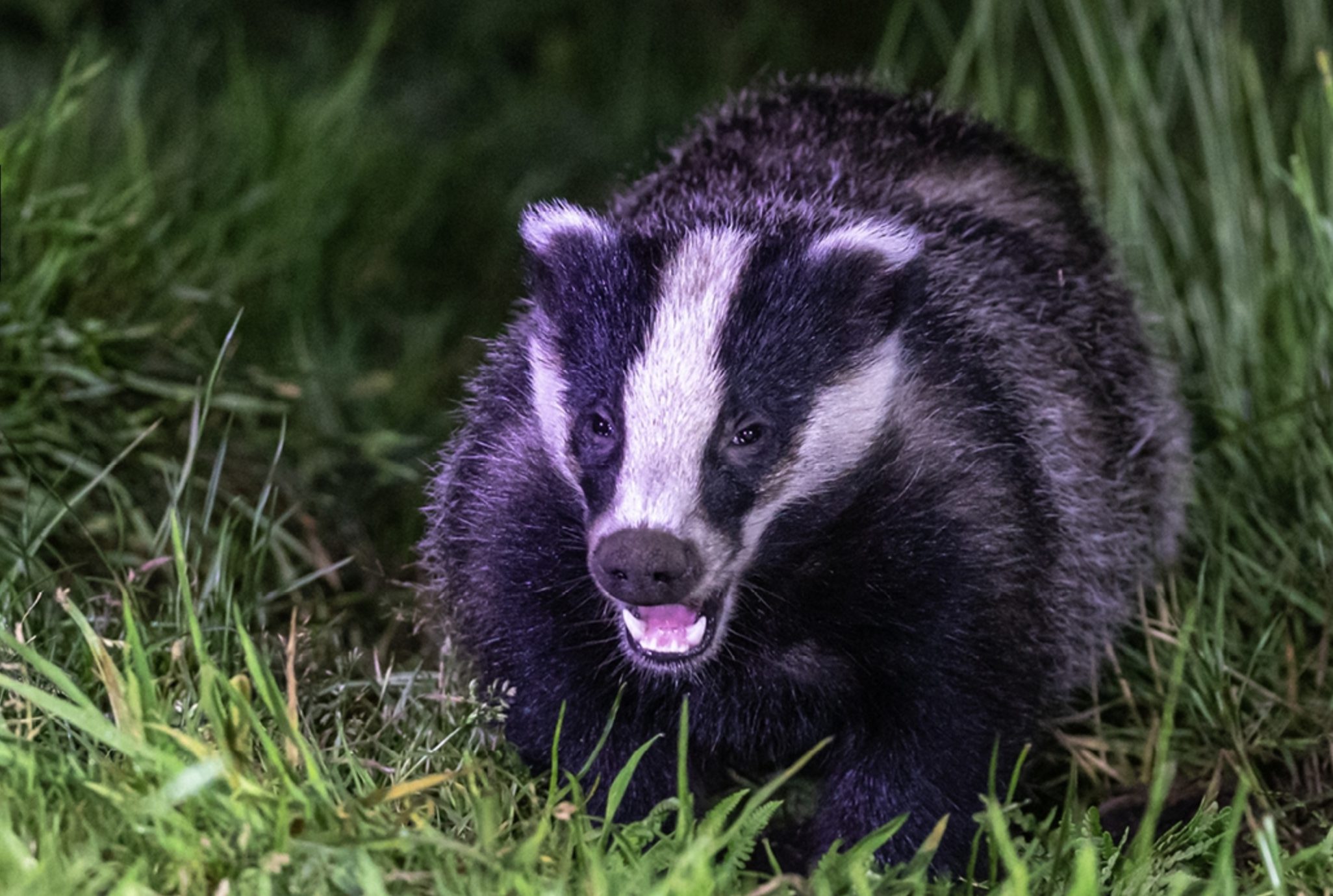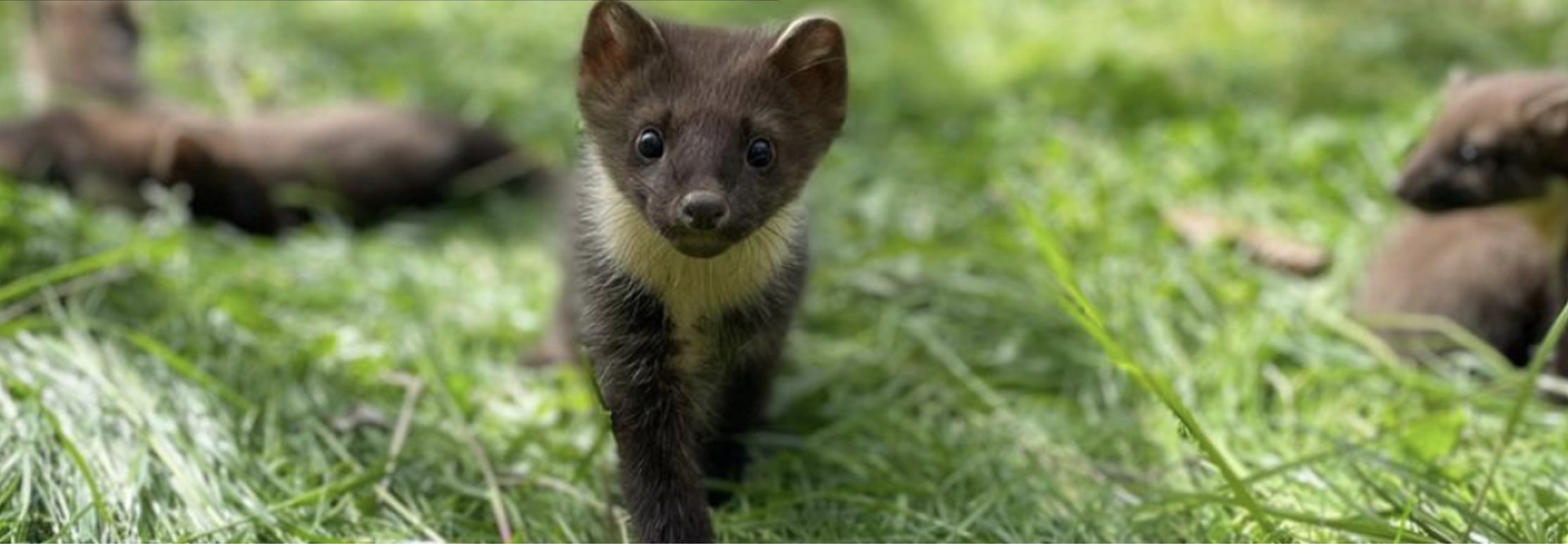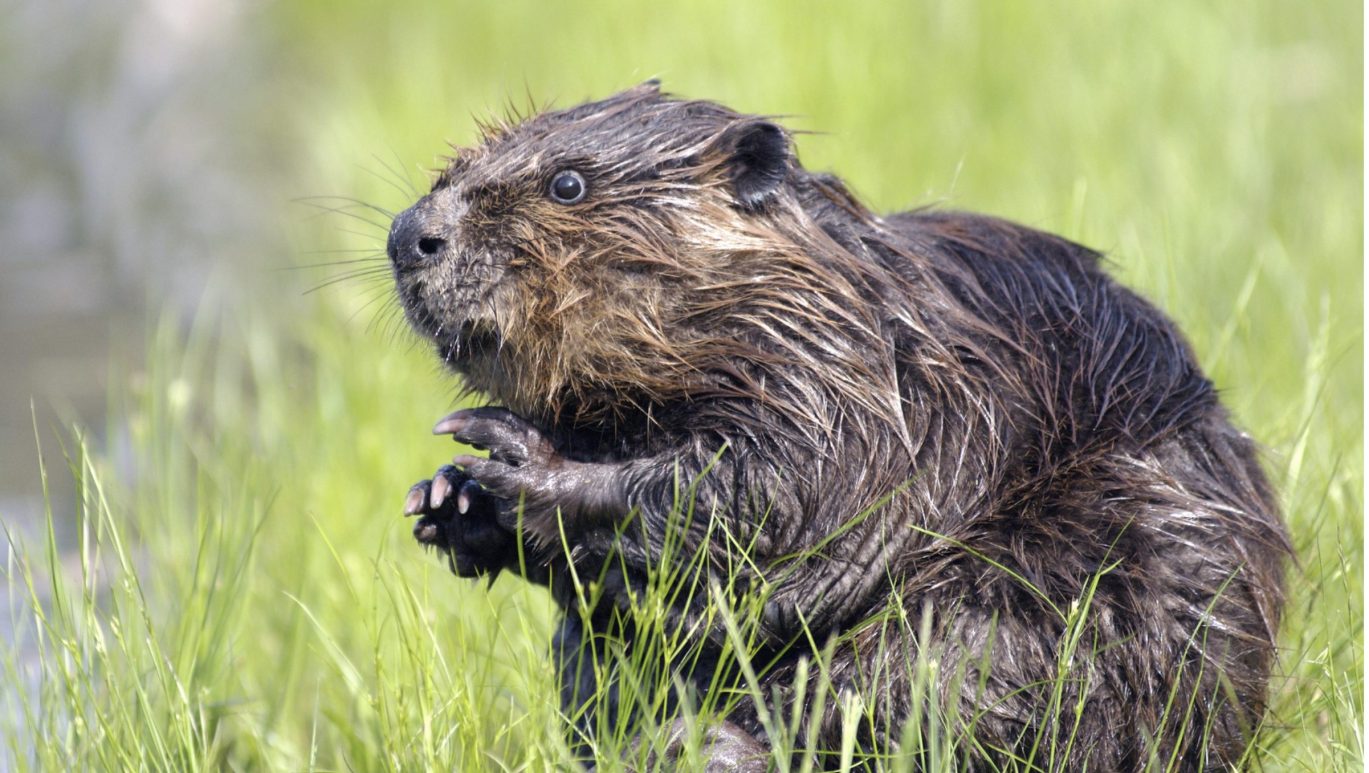
Beaver
Understanding beavers: their habitats, behaviours, diet, and how they live in the wild
Due to overhunting, the Eurasian beaver was driven to the brink of extinction across Europe and disappeared entirely from the UK centuries ago. Following a successful programme of reintroduction in 2009, beaver numbers are growing in Scotland once again.
Famed for their thick, dark waterproof fur, beavers are stocky rodents with a flat tail and beady eyes. They are renowned for their dam-building skills and can fell trees with their sharp teeth. Beavers use wood to construct dams and their homes, and make an invaluable contribution to biodiversity through the wetlands they create.
Where beavers live
Beavers are semi-aquatic and can be found in freshwater habitats like lochs, slow-moving rivers and streams.
In Scotland, beavers have been reintroduced to two locations.
Beavers live in small family groups in lodges constructed from branches, mud and other debris. These can either be built on the banks of a river or stream, known as a “bank lodge”, or “open water lodges” which are built in the middle of waterways. The species of beaver we have in Scotland more typically live inside bank lodges.
Beavers do not hibernate but they are less active in winter months, eating food stored within their lodges during the warmer part of the year. Whilst it’s uncommon to see a beaver, you are more likely to see evidence of their work such as felled or gnawed trees, dams, and ponds.
What beavers eat
In the summer months beavers eat aquatic plants, twigs and bark from certain trees and other vegetation.
During the winter months they eat tree bark and other vegetation that they have stored within their lodges for the colder months.
That’s wild!
Beavers are not very vocal and only occasionally growl or hiss. They do however warn each other of danger by slapping their flattened tails on the surface of the water as they dive to escape.
When baby beavers are born
Beavers usually pair up to breed from December to April, giving birth to litters of two or three kits in early summer. The kits learn to swim within hours and leave the lodge when they are between one and two months old.
They are weaned in their first summer but may not disperse until they are two years old. They are unlikely to successfully breed until their third year.
Protecting beavers
In early 2019, beavers were granted European Protected Species status in Scotland. This makes it a criminal offence to deliberately or recklessly:
- Kill, injure or capture a beaver.
- Harass a beaver.
- Disturb a beaver whilst they are in a place they use for shelter and protection.
- Disturb a beaver whilst they are rearing or caring for their kits.
- Prevent or obstruct a beaver from accessing a breeding site or place of rest.
- Disturb a beaver in a way which is likely to impact abundance of the species in the local area or impair its ability to survive and to breed or care for its young.
If you suspect an offense has been committed, contact Police Scotland on 101, or 999 if it’s an emergency, and ask to speak to the wildlife crime unit.
Common problems beavers face
Lethal control
Although beaver activity has a wide range of benefits for biodiversity and the ecosystem, not all beaver activity is welcome. Any damage to property, infrastructure or land caused by beavers is the responsibility of the owner. If you are having problems with managing beaver activity, email beavers@nature.scot or call 01463 725 000.
In very limited circumstances, it is legal to use lethal methods to manage beaver activity, for example, to prevent damage to crops or property. However, the animal must be humanely dispatched by a licensed individual to prevent suffering. We would expect that all other methods of control have been exhausted before resorting to lethal means.
If you suspect someone is using illicit means to control beavers, please contact Police Scotland on 101. We are happy to assist the police with any investigations.
Orphaned baby beavers
Kits are dependent on their parents for up to two years and, without them, it is almost impossible for the young mammals to survive.
If you find a young beaver on their own, do not attempt to pick them up. If the kit is in a safe place, monitor them from a distance and see if the mother returns.
Sick or injured beavers
If you find an injured or sick beaver, please call our Helpline on 03000 999 999, open from 8am to 8pm every day.
Signs to be aware of include:
- Twitching.
- Not reacting to noise.
- Falling over.
- Not moving away when approached by a human.
- Open wounds.
- Breathing with mouth open or panting heavily.
- Lots of flies around the animal.
You should monitor the beaver until one of our animal rescue officers arrives to assist. Do not attempt to hold or touch them.
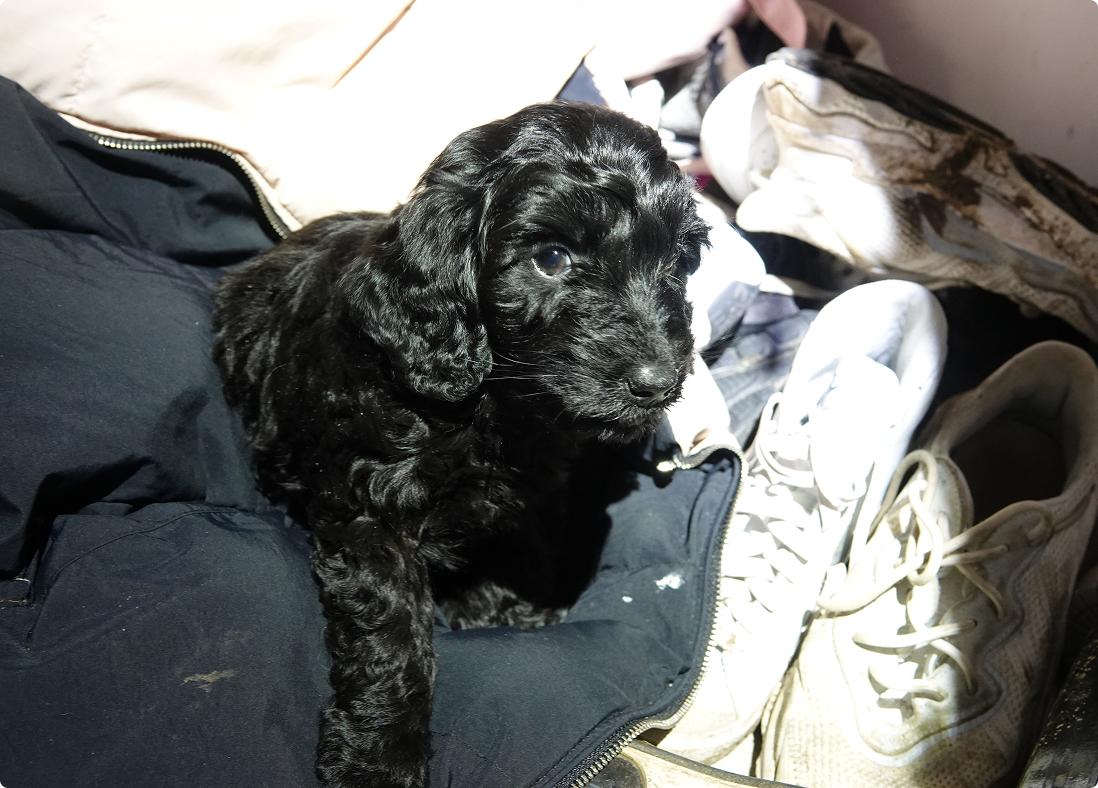
Puppies across Scotland need your help
Please consider giving a monthly donation today. Give Scotland’s animals the gift of safety this winter and beyond. The criminals involved in the low-welfare puppy trade never stop. And with your help, neither will we. Every £1 matters to puppies like Winnie.
